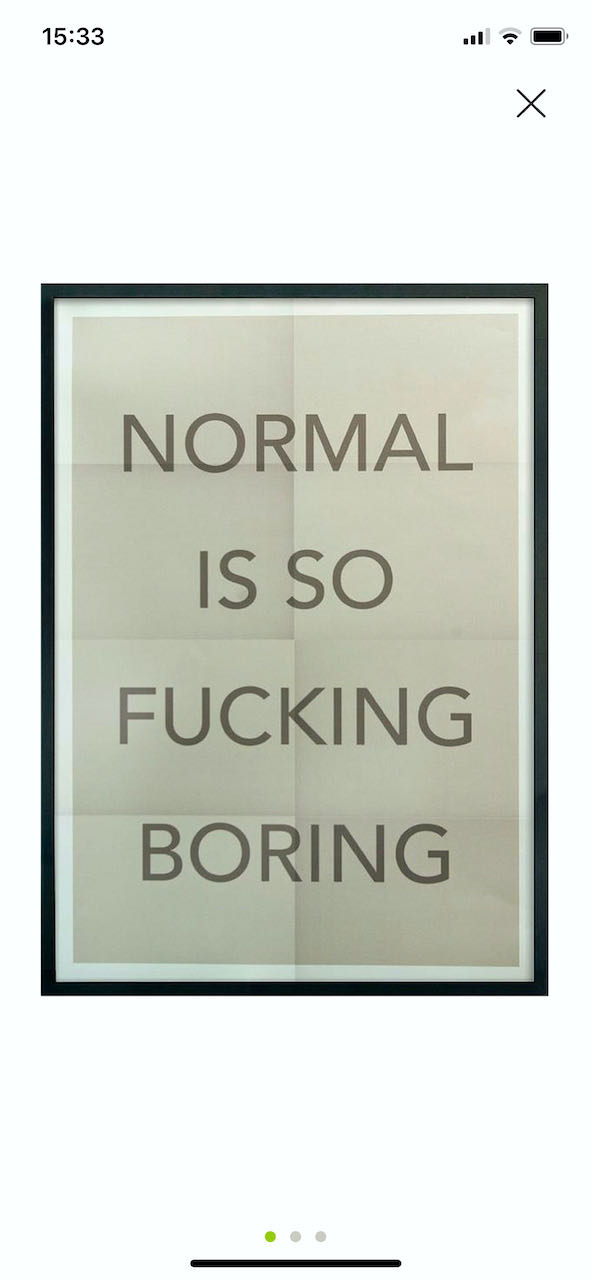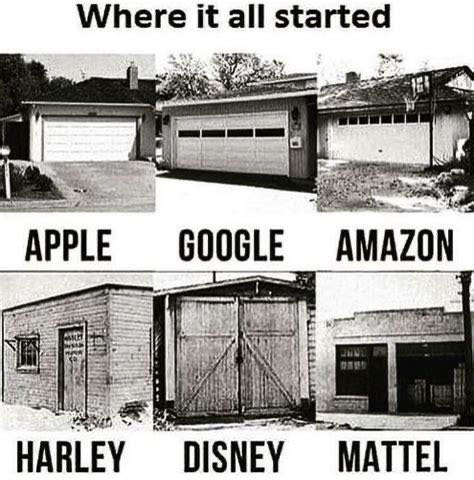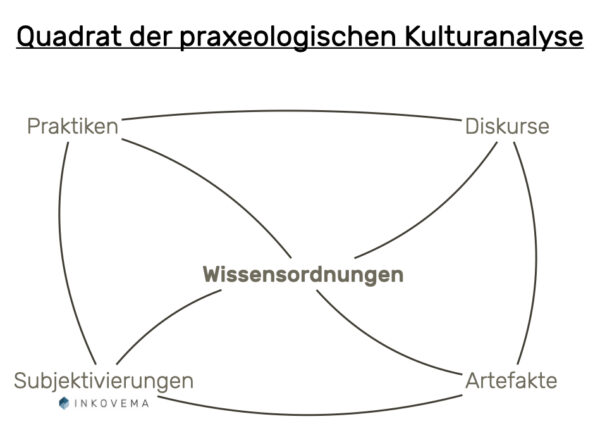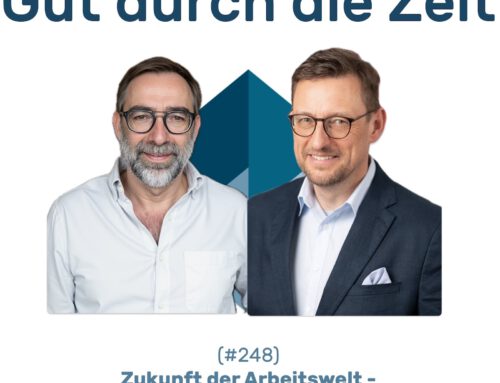The cultural capitalism revolution
The path from material-industrial capitalism (doing generality) to cultural-post-industrial capitalism (doing singularity)
Cultural sociological insights and concepts according to Andreas Reckwitz
I. Introduction
By way of singularisation and culturalisation, postmodernism (from around the 1970s) displaces organised modernity as it had developed in the USA and Western Europe since the 1920s. This singularisation noted by Reckwitz can be seen in five units – namely in objects (artefacts, especially objects), in subjects, in spaces (places, cities, natural areas etc.) as well as in temporalities (events etc.) and in collectives. They are activated and claimed by social practices.
Reckwitz emphasises three drivers of singularisation: the socio-cultural authenticity revolution, the post-industrial cultural capitalism revolution and the mathematical-technological digital revolution. The following is about the post-industrial cultural capitalism revolution.
II The great transformation of capitalism in the 20th century
The fact that modernism at the beginning of the 20th century gave the impression of a Organised modernity This was mainly due to the fact that the (Western) economy was geared towards mass and standardisation. The (required and desired) production of massgoods as goodswere led to society appearing standardised and conformist, in which everyone was organised according to the universal standard of living aspired to. The levelled middle-class society at a high level of prosperity was the goal on all sides.
However, the countercultures, the niche cultures and those who defined themselves and everyone else as special began to take over the dominant cultural role. Educated and shaped in universities and the modern arts (including advertising!), working in creative professions and using the new technologies in the cinema, in television stations and later in consulting professions, "the students" grew from the "workshy" to the cultural leadership group.
In the economy, this change from a standardised industrial economy based on functional mass goods (doing generality) to a specified economy based on idealised, culturalised and, above all, appealing goods that addressed the particular (doing individuality) was evident.
III From Doing Generality to Doing Singularity
Service and knowledge societyThe industrial labour force, which once made up around 50% of the working population, has now fallen to around 25% in Germany and even less than 15% in the USA. Service occupations, on the other hand, have risen rapidly to around 75% of the working population. Since the 1980s, the proportion of the population working in information and knowledge jobs has risen rapidly. At the same time, there is a development of service jobs that are culturally devalued and have little educational capital (supermarket checkout job as a symbolic image). And then there are the culturally valorised creative and consulting professions that are found in society's leading institutions: Universities, TV stations, law firms etc.
The core of the post-industrial is, however, that the Form of the relevant assets (including services), their production methods and the forms of work and organisation, which have changed just as much as the markets and consumption itself. Here is a culturalised form of economy geared towards creativity and innovation whose aim is to Affect and individualised cultural assets to produce.
An initial, pointed comparison is intended to provide an overview of the development.

|
Modernity (20th century) |
Late modernism (21st century, from approx. 1980s) |
|---|---|
|
organised industrial capitalism |
aesthetic, disorganised Cultural capitalism |
|
Primacy: Logic of the industrialised, standardised in general, bureaucratic corporate capitalism |
The logic of economics of the culturally special – and the fast (fashions, cycles, etc.) |
|
Origin: Social concepts of the 19th century (liberalism, socialism), "bemakelt" by romantic, idealised idea of nationhood |
emerged from creative industries (fashion, advertising, design), the bridge from the artist bohemian as a (social) engineer |
|
Central idea: Formalisation, rationalisation, Standardisation, norm(alisation), Optimisation |
Culturally charged, Uniqueness, brand and design, |
|
Triassic: Producer-Product-Consumer |
Author-work-recipient/audience (Co-operation, customer-orientation) |
|
Highlight: Fordism: USA State communism: USSR Rhenish capitalism: West Germany |
post-Fordist industries: Media, Entertainment (music, film, games), Consultancy, architecture, Research and development, Design, advertising, Internet Services, Public Relations, Exhibitions, Fashion, tourism, Wellness/Health...; "tainted" by totally standardised Digital processes in the background |
|
Organisation: hierarchically organised, division of labour Matrix organisation, which Standardisation (Din), Formalisation (bureaucracy), Standardisation (manuals, engineering thought) is endeavoured; Lack of belonging and identity ->Locally independent (globalisation) Steel and automotive companies, energy, Chemical companies, pharmaceuticals, etc. -> These old giants too culturalise themselves ... |
Startup-fixated Uniqueness (our DNA!), Culture-orientated, naturalness, Originality and authenticity, Temporally limited and emotionally dense organisation (teams, projects, fluid structures) -> location-sensitive (glocalisation), but in globally networked metropolises. GAFAM; TUI, NIKE, Disney, Netflix, Nintendo, Bertelsmann, LVMH, Kering, TimeWarner, Sony |
|
Products: standardised, functional goods: Law of large numbers (scaling idea and need), Identical in infinity |
Affect goods; brands, symbols etc. culturally charge objects, identity-forming (Clothes, glasses, watches...) They should be original, of course, be unique, rare, genuine (Authenticity performance) |
|
Production: Organised hierarchically, with a division of labour, Assembly line, interchangeability of all elements |
communicative networks, Flexible specialisation in teams and projects, non-interchangeable elements: culture-based and culture-creating Production, knowledge |
|
Motivation to do (work): is based on mandatory and acceptance values, unlimited, secure employment Normal employment relationship, Standard of living, doing, not thinking. |
Self-development will and values; Quality of life at work – Meaningful work, to contribute knowledge and expertise! The entrepreneurial self, Labour contractor (Intrapreneur!) |
|
Qualification: based on standardised formal Qualifications; complete curriculum vitae |
Beadvertisinging! Profile, reputation and reputation -> Attention market ; Personality, talents, competences -> Singularity performance. |
|
Markets: standardised in principle, performance and Prices are important -> scaling! |
Attractiveness and valorisation markets; Hypercompetitive, vukaesque, speculative, winner takes it all! Attention-driven, rankings |
|
Consumption: Mass consumption, regulated by social norms, Standardised, SME-oriented and levelled Luxury and extravagance for eccentrics only |
Pluralisation of consumption patterns, Consumption of identity-forming cultural assets (brands, symbols); Consumer goods are (curated), not simply utilised. Active consumer is co-creator, prosumer... |








Leave A Comment